Proxima Studio founder and YouTube creator Harvey Newman shares what he learned about starting an indie game studio, and why it’s important to create a stable pipeline, hire talented people without egos, and keep a business-first perspective.
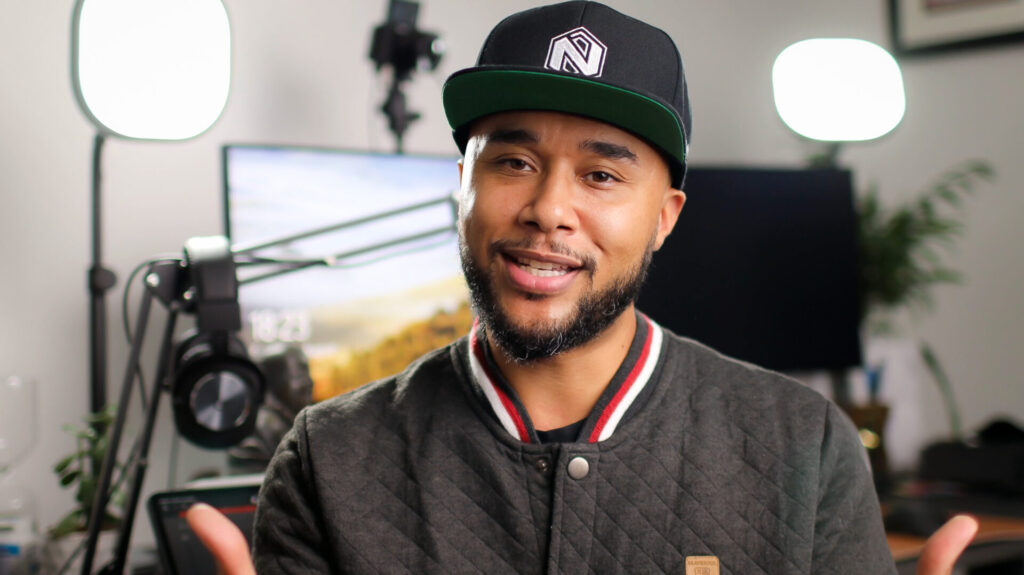
Being in an indie game studio means I can openly share both our proud moments and the tough spots we hit.
You only get one first shot at impressing your audience, whether they’re a player, an investor, or a potential coworker. However, when it’s time to deliver, new studios don’t always have the time or tools to execute their complete vision and must compromise fidelity for “good enough.” These challenges are avoidable if you have the right people, perspective, and pipeline in place.
I’m excited to share with you what I’ve learned and how they’ve been applied in Proxima.
Discover the tools and strategies to succeed. Explore game development solutions to create your next hit game.
It all starts with a stable pipeline
Because the game industry is relatively young, studios are still figuring out the most resource-effective ways to create games. Unfortunately, due to a lack of industry standards, small studios often spend so much time and money on their pipeline that their end product suffers.
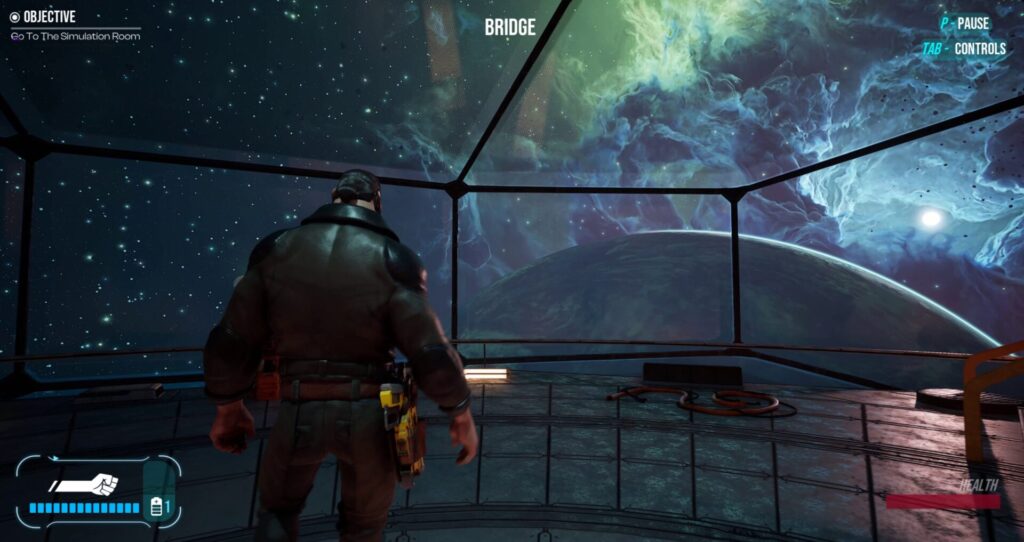
Future-proofing your pipeline is an essential step for any new studio. It not only instills confidence in your project, team, and investors, but it also ensures that you can consistently deliver high-quality products that meet creative expectations, delivery time, and budget requirements.
Small studios naturally gravitate toward free tools, but there’s a reason big studios don’t use them. Premium animation tools, such as MotionBuilder, offer better stability, which is critical to maintaining a predictable pipeline. Starting with a free toolset is fine for some things, but when you’re ready to hire an experienced AAA artist, you want to provide a stable environment and make sure they can jump right into the work.
Once certain practices of technologies become entrenched in the pipeline, change can become challenging, even when better options are available. For example, many major studios still use an older edition of Maya because their in-house tools rely on it. Even industry giants can be afraid to switch up their software for fear of things breaking.
But developers are constantly challenged to produce work consistent with the defined artistic direction while pushing their art form’s boundaries. To deliver the highest-quality work possible, they must continue pursuing excellence and mastery of their craft and tools. That means having access to advanced technologies.
As a newcomer in the game development industry, being forward-thinking is crucial. Embracing change is necessary to ensure your team can focus on creating a game rather than patching things as you go. It’s about being proactive and ready to adapt when necessary.
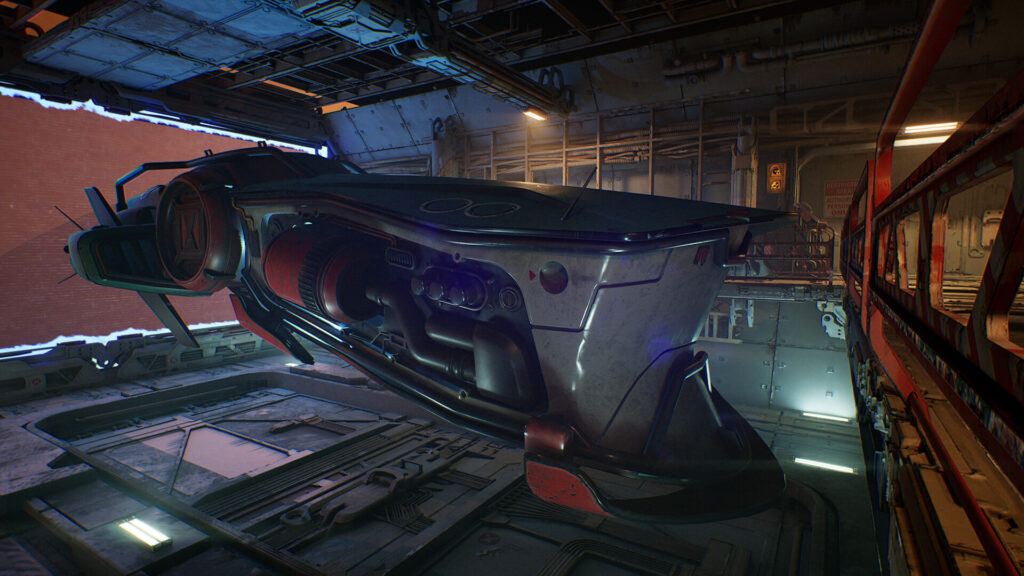
Take your time finding the right people
If you’re somebody like video game designer Hideo Kojima, everyone will throw money at you to make a game, and you’ll be able to hire the best people. Unfortunately, most of us are not Hideo Kojima, so we must make tough financial decisions.
When Proxima first started, the game industry was in crisis, with publishers crumbling and studios closing. Instead of partnering with a publisher to have money immediately, we decided to ride the wave and focus on creative development.
Sure, partnering would have made paying everyone easier, but we would have most likely had to compromise on vision because we’d have somebody telling us what to do.
During that time, we made a list of developers we wanted to work with, interviewed them, and showed them our game. Once we got the money, we could hire them right away.
Taking our time putting together a team has paid off. We know the industry can be so hardcore that some people leave, and many stay because it’s a paycheck. We’re looking for those who are still passionate about making games.
At Proxima, we want developers who are comfortable working without the constraints typical in AAA projects. We encourage developers to build games like it’s the last year of university when everyone comes together because it’s fun.
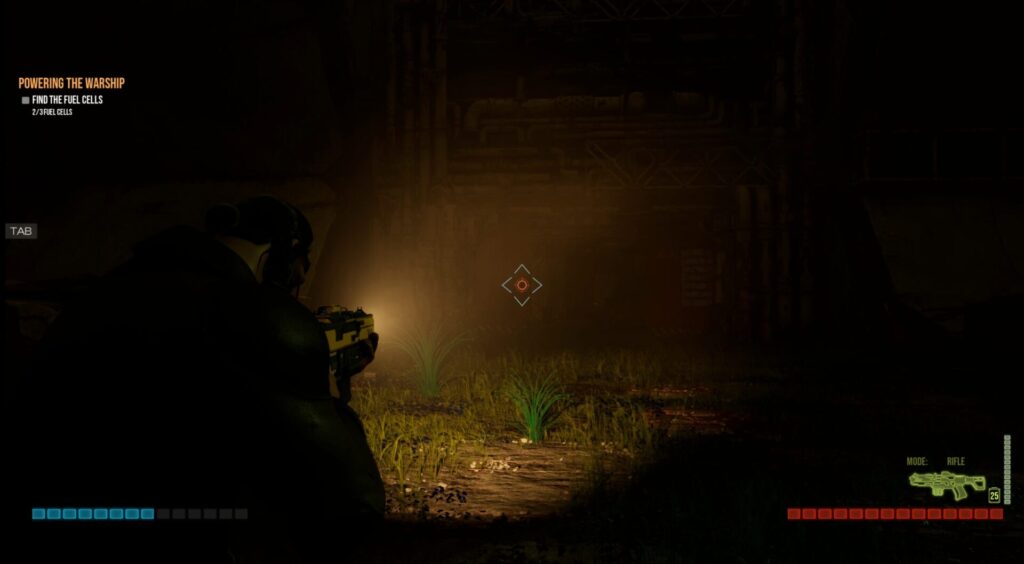
When bringing in new talent, the most important thing is for everyone to leave their egos at the door. Everything else falls into place when people are humble. Egos are detrimental to the game-making process because it’s such a teamwork-orientated environment.
This also means that everybody’s striving to be on the same page. Nothing gets made when developers lock horns over who’s right and wrong. Everyone should share the same attitude: “If you have a better idea than I have, let’s go for it because it’s for the betterment of the game.”
Prioritize a business perspective
I’m an artist first, and like most people in game development who come from the trenches, I’d prefer to create a level or animate something cool every day.
However, once you create a studio, you must switch on a new bulb in your brain. You’re now a business person. Going into your 100th presentation with the same enthusiasm as the first time may not be easy — but it’s necessary because nobody else will believe in your game as much as you do.
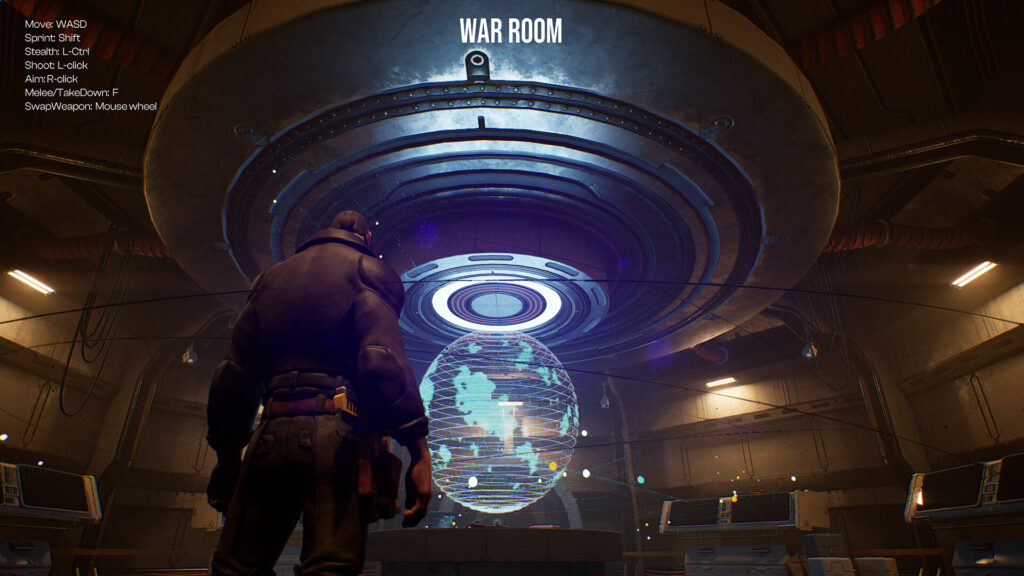
The best experience comes from events like the Game Developers Conference (GDC), where you can present your ideas to people who know more than you. For example, a few years back, I was excited to meet an executive who saw potential in my game. As we discussed the specifics, the executive quickly identified everything I was doing wrong.
I felt great about getting the meeting but was daunted by how much more work was still ahead. As a YouTube creator and entrepreneur, I thought I knew a lot about business, but I needed to be more prepared to answer questions like “What makes your game unique?” Thankfully, the game is better today because I let someone pick apart my ideas.
Although critique can sometimes feel personal, it never is. You have to develop a thick skin. Learning to turn feedback into positive action is one of the most valuable skills you can have at any level in the game industry.
Check out Harvey Newman’s latest 3-part course, Motion Capture for Games, to learn how to plan, direct, and clean up mocap profession for AAA games.
Wishlist Proxima Studio’s upcoming game, Warship Jolly Roger on Steam.
Discover how the industry’s best create groundbreaking games with Autodesk game development solutions.